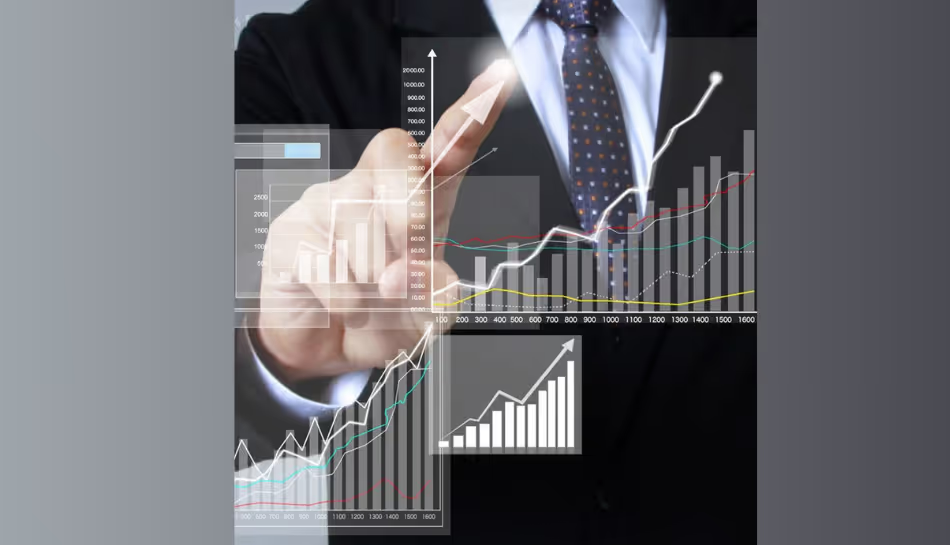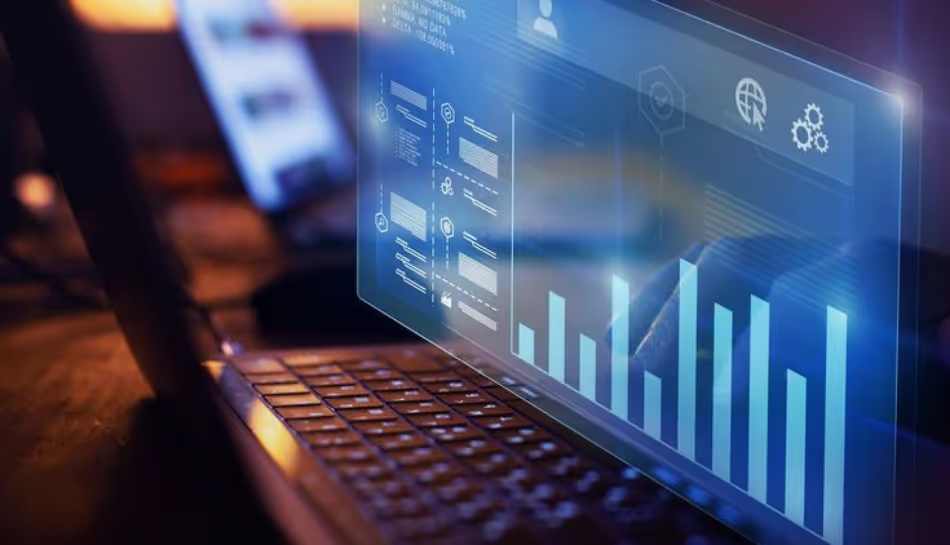
How Data is Used to Make Decisions
Data is everywhere, from our smartphones to company websites, and understanding how it moves through a business helps in better data driven decision making. Here's a simple look at how data is processed step by step:
First, data is collected from different sources like apps, websites, or sensors. This raw data is stored in either a data warehouse (for structured data) or a data lake (for unstructured data).
Next, the data goes through a cleaning and transformation process where errors are fixed, and the data is organized. This makes it ready for analysis. Data governance ensures the data is secure, high-quality, and follows privacy laws.
Then, the data is combined and summarized to make it easier to work with. Business users and analysts can now access this data through reports and dashboards, making it easy to explore.
For deeper insights, businesses use predictive analytics to forecast trends and make data driven decisions about the future.
Finally, all this data helps businesses make data-driven decisions, from improving products to serving customers better. Throughout this flow, data pipelines are monitored and optimized to ensure everything runs smoothly.
In short, the use of data for decision making is transformed from raw information into valuable insights that help organizations thrive!

